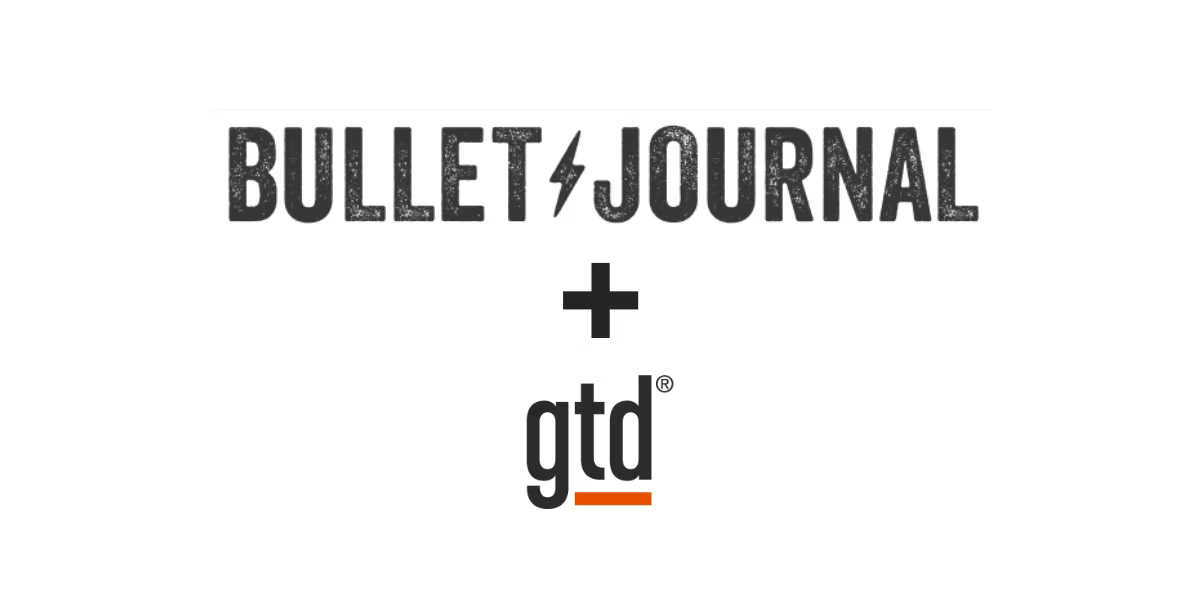In my last article in this series, I explored how personal boundaries are the lines that border our inner garden, the place where we cultivate our thoughts, emotions, dreams, beliefs, values, even our identity.
In that article, I demonstrated how we can leverage our pain as a tool to locate our boundaries…or the lack thereof. Specifically, I target the feeling of resentment as a key indicator that we’ve been allowing someone to overstep our boundaries.
If resentment is what we feel when a need is not being met, then it’s safe to assume that when a need is being met, we would experience the opposite of resentment: gratitude. Whereas resentment is blaming someone for what feels bad, gratitude is crediting someone for what feels good. In this article, I will explore how we can use gratitude as a tool to help us both identify our needs and set our boundaries.
Gratitude
It’s common knowledge how powerful gratitude can be. Studies continue to surface the many ways in which gratitude can greatly increase our quality of life. I believe one of the main reasons for this is because gratitude trains us to focus on appreciating what we have rather than pining over what we don’t. It’s this sense of appreciation that we can leverage to define some of our needs.
To become aware of what we need, we need to become aware of what we have. Feeling grateful can be a signal that one of the needs we have is actively being met. The question is, which one?
Becoming Grateful
I’ve long contended that gratitude is a skill. Like all skills, it requires practice. An easy way to begin, is through intentional noticing. You can start this practice by simply writing down a list three things you genuinely feel grateful for.
Now, try and see why you’re grateful for them. See if you can tap into what need they may be fulfilling. If you’re struggling to define your need, try to define what you value about the experience, circumstance, or person. Here are some examples:
“I’m grateful for my team because I really value having people around me I can count on.”
Trust is the need being met by this team.
“I’m grateful for my apartment because I value having time to myself.”
The need for rest is being met by the apartment.
“I’m grateful for my dog because I value his playfulness and companionship.”
You guessed it, the need for play and companionship are being met.
You may find that it’s not always so straightforward to draw a line between a value and a need. That said, we can use values as powerful clues when trying to discover our needs.
The more we practice gratitude, the more keen our awareness will become of the things that nourish us. We can use that awareness to determine which of those resources may require protection. One of the most powerful ways to protect something we care about, is to open up to others.
Expressing gratitude
Other people can’t read our minds, and hoping for them to do so is a common cause for our suffering. Yet we tend to avoid expressing our boundaries for fear of sounding needy or risking conflict.
Conflict often arises when we being to communicate our needs after our boundaries have already been breached. Dealing with conflict is a subject for another article. Gratitude grants us an opportunity to communicate our needs in a way that can help us avoid conflict.
Most gratitude practices happen internally. We know this can be a powerful way of increasing our wellbeing. So what if we took our feelings of gratitude and shared them with others?
Research conducted by Emiliana Simon-Thomas, science director at UC-Berkeley, shows that “gratitude expressed — not just felt, but expressed — is actually the most powerful form of gratitude.”
When someone meets one of our needs, it often creates a sense of both gratitude and connection. Theyget us. The problem is, they may not know that. They were just being themselves and happened to behave in a way that you’re really grateful for.
Let them know!
The trick is to be intentional about how we communicate our gratitude. Rather than “I appreciate that” which may seem like an automatic courtesy, slow down and be specific. For example, if someone says “Why don’t you take some time. Let me know when you want to catch up.” You can reply by saying “I really appreciate it when you give me some space after work because I need that time to settle in.”
Expressing gratitude this way makes people feel appreciated, seen, AND aware of your boundaries. How? First, it reveals a need that can be met. Awareness is key. Second, it creates contrast. If you let someone know what you appreciate, it automatically signals what you don’t.
Studies suggests that expressing our gratitude also providesus with a powerful opportunity to meet the needs of others. Win win!
Another vital part of expressing gratitude, is to be specific and make it aboutthem, not just about you. When you tell someone you appreciate them, you want to let them know what for, exactly. This is especially true if you know they went out of their way to help you with something. It helps them to feel seen, and lets them know that you don’t take them — or their efforts — for granted.
Let’s put all these elements together.
“I really appreciate it when you give me some space after work, because I need time to settle in. You’re a really thoughtful person.”
Or
“I appreciate you doing the laundry so that I could take my art class. Taking that class allows me to express myself, which brings me a lot of joy. I know it gives you less time with your project. You’re a really supportive partner.”
Or
“I appreciate you for taking the initiative on this project. I see the amount of thought and care you’re putting in. It inspires me to step up my game. You’re a great leader, and people are lucky to work with you.”
Wouldn’t you like to hear these types of sincere acknowledgments more often? Wouldn’t you be grateful if someone close to you made you aware of what they cared about this way?
Some will note that there is a risk here of sliding into passive aggressive territory. That’s only true when gratitude is expressed with an expectation. If you tell someone you’re grateful for something to low-key warn them not to do the opposite in the future, or to highlight past transgressions, that’s passive aggressive.
True gratitude isn’t transactional. We want to give from love, not for love. If we express our gratitude with an agenda, we’re setting ourselves up for disappointment or even worse, conflict. It robs both us — and those around us — of its many potential benefits.
Expressing our gratitude is about communicating our genuine appreciation for the other person. This naturally helps both us and others become aware of when one of our needs is being met. It’s a moment celebrating connection. Nothing more, nothing less.
This is the difference between communicating gratitude and communicating boundaries. Whereas communicating our gratitude creates an awareness of when a need is being met, communicating boundaries creates an opportunity for an agreement to honor a need. They’re different, yet complimentary, tools.
In Summary
We can use the feeling of gratitude as a way to help us identify our needs. We have a variety of needs that require different tools to nurture them. Cultivating an awareness of our needs, can help us pick the right tools for the job.
When others meet our needs (intentionally or unintentionally) we can express our gratitude as a way to acknowledge others, make them feel seen, and share what is meaningful to us. Creating this awareness reduces the need for the more difficult conversations that happen when boundaries are broken due to the lack of awareness.
Gratitude is not transactional. We express gratitude not as a means to prevent people from crossing our boundaries. We express gratitude only to celebrate moments of connection.
Finally, gratitude is not a boundary. Communicating our gratitude and boundaries create the conditions to have our needs met. When we express our gratitude though, our needs are being met. That isn’t always the case when we have to communicate our boundaries.
The need to communicate our boundaries often arises when our needs are not being met. Navigating this challenging terrain requires a very different approach, one that we’ll explore in the next installment.
Read the rest of the Boundaries Series
Boundaries I: Identifying Boundaries
Boundaries II: Setting Boundaries with Gratitude






Joe Roots
February 06, 2024
In the realm of caregiving, companionship is the heart that nurtures a sense of joy and connection. Grateful for the compassionate companions who make each day brighter. Reliablehomecare